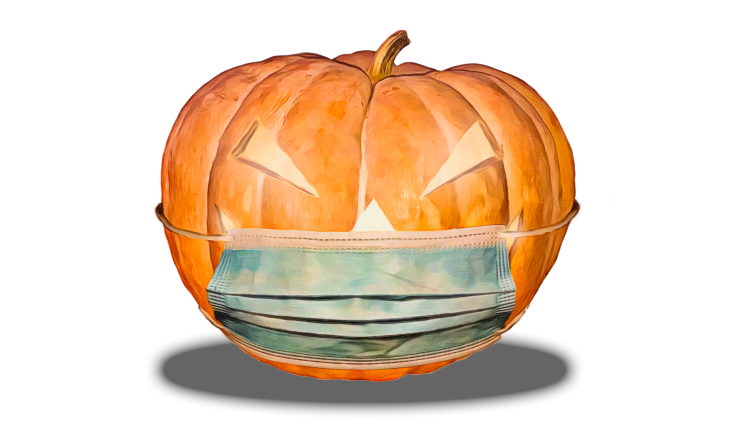COVID safety tricks to make this Halloween a treat
The outlook for Halloween seems much brighter compared to last year now that a COVID-19 vaccine is available for individuals 12 years and older. But because children younger than 12 are still not able to receive the vaccine, it is important to continue precautions for safe trick-or-treating. A Baylor College of Medicine infectious diseases expert offers tips.
“We are fortunate to have a COVID-19 vaccine available now, so engaging in Halloween activities will be less risky this year compared to last year,” said Dr. Jill Weatherhead, assistant professor of pediatrics - tropical medicine and infectious diseases at Baylor. “Even though young children are not eligible for the COVID-19 vaccine yet, having the vaccine available to older kids and adults really changes the landscape in terms of the safety of trick-or-treating this year.”
In addition to being vaccinated themselves, parents should be aware of COVID transmission rates in the community, Weatherhead said.
“It’s important to know what’s going on in your community,” she said. “What are the numbers like? Is transmission increasing or decreasing? Certainly get vaccinated if you are within a vaccine eligible group – that helps prevent transmission within your community and allows for holiday events to be safer. In mixed vaccinated company where there are children who can’t receive vaccines yet, having as many adults or older children vaccinated will create a safer environment.”
She also recommends staying outdoors as much as possible, because ventilation reduces the risk of transmission.
Weatherhead suggests not only knowing one’s own risk factors, but also knowing one’s risk tolerance.
“Some people may be comfortable sending their kids out to trick-or-treat and others may not. I think one thing we can start working on as a community is understanding that everyone has different risk tolerance and being supportive of our neighbors and our community as they try to figure out what that level is for them,” she said.
Unvaccinated adults should wear masks and all families should keep masks on hand in case they encounter a crowded area while trick-or-treating even outdoors. Maintain distance from individuals in different households if you do not know their vaccination status and be sure that kids wash their hands thoroughly after they get home and before they dig into the candy stash.
For high-risk individuals who want to give out candy this Halloween, Weatherhead suggests that in addition to getting vaccinated that they set up a treat table to keep distance instead of having direct contact with children trick-or-treating. They also should wear a mask.
Those considering having parties for Halloween should be sure to do so in an outdoor setting to reduce the risk of spreading COVID.
Weatherhead also emphasizes the importance of everyone over 6 months of age getting vaccinated against influenza.
“We know that influenza is especially dangerous for children less than 5 years old, and vaccination is the best way we have to protect those young children. That includes getting young children vaccinated as well as the adults around them so that they can be further protected,” she said.
Older adults and pregnant women also are at high risk for complications from influenza, and they and their loved ones should be sure to get the influenza vaccine to provide protection.
Vaccination against COVID-19 and influenza for those who are eligible is the best way to keep everyone safe and healthy this Halloween.
“We want to get back to normal, we want to have these fun activities and we have the opportunity to do that but everybody has to do their part to be as safe as possible. We have the tools, we just have to use them,” Weatherhead said.










